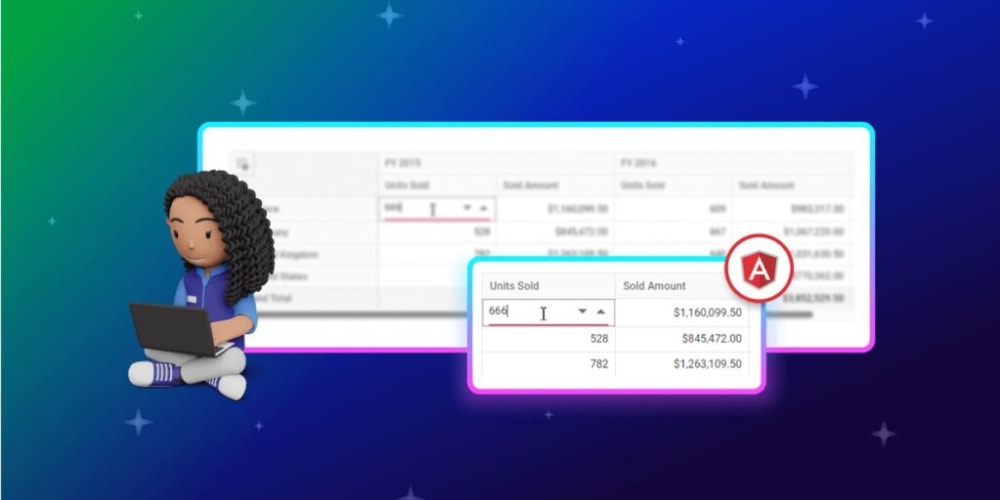DIY Electronic Project: High-Fidelity Audio Preamplifier Using the NE5532PE4
For audiophiles and electronic enthusiasts alike, building a high-quality audio preamplifier can be a rewarding project. A preamplifier is essential for boosting the signal from audio sources such as microphones, musical instruments, or turntables before sending it to an amplifier. In this DIY project, we will build a high-fidelity audio preamplifier using the NE5532PE4, a popular operational amplifier (op-amp) known for its low noise and high performance in audio applications.
What is the NE5532PE4?
The NE5532PE4 is a dual low-noise operational amplifier that is widely used in audio equipment due to its excellent performance characteristics. It offers low harmonic distortion, high output drive capability, and a wide bandwidth, making it ideal for high-fidelity audio applications. Whether you’re working on a home audio system, a recording studio setup, or a portable audio device, the NE5532PE4 can deliver the clean, accurate sound you need.
Components Required
To build this audio preamplifier, you’ll need the following components:
NE5532PE4 Dual Op-Amp: The heart of the preamplifier circuit.
Resistors (10kΩ, 47kΩ, 100kΩ): For setting gain and biasing the op-amp.
Capacitors (10µF, 100nF, 470pF): For coupling, decoupling, and frequency response shaping.
Potentiometer (50kΩ): For adjusting the volume or gain.
Power Supply: Dual-rail ±15V DC for the op-amp.
Input/Output Jacks: For connecting audio sources and the output to the amplifier.
Breadboard or PCB: For assembling the circuit.
Wires and Connectors: For connections.
Soldering Kit: For assembling the components.
Circuit Design
Power Supply Configuration: The NE5532PE4 requires a dual-rail power supply, typically ±15V, to operate properly. This configuration allows the op-amp to handle both positive and negative signals, crucial for audio applications.
Input Stage: The audio signal from the source (e.g., a microphone or music player) is fed into the non-inverting input of one of the op-amps in the NE5532PE4. A coupling capacitor (10µF) is used to block any DC component from the audio signal, ensuring that only the AC audio signal is amplified.
Gain Setting: The gain of the preamplifier is set by a feedback resistor (100kΩ) and a resistor (10kΩ) connected between the output and the inverting input of the op-amp. The gain can be adjusted by varying the feedback resistor or using a potentiometer to allow real-time control over the amplification level.
Frequency Response Shaping: To ensure that the preamplifier accurately reproduces the audio signal, capacitors are used in the feedback loop to control the frequency response. A small capacitor (470pF) in parallel with the feedback resistor can be used to roll off high frequencies, reducing noise and preventing oscillations.
Output Stage: The amplified audio signal is taken from the output of the op-amp and passed through another coupling capacitor (10µF) to remove any DC offset before it is sent to the power amplifier or the next stage in the audio chain.
Volume Control: A potentiometer (50kΩ) can be placed at the input or in the feedback loop to adjust the volume or gain of the preamplifier, allowing for easy control over the output level.
Assembly and Testing
Assemble the circuit on a breadboard or PCB, starting with the power supply connections. Ensure that the NE5532PE4 is properly powered with the dual-rail supply. Connect the input jack to the non-inverting input of the op-amp through the coupling capacitor, and set up the feedback loop with the resistors and capacitors.
Once assembled, connect an audio source to the input and a speaker or amplifier to the output. Power on the circuit and gradually increase the volume using the potentiometer. The preamplifier should boost the audio signal cleanly, without distortion or excessive noise.
Applications
This high-fidelity audio preamplifier is ideal for use in:
Home Audio Systems: To boost signals from various audio sources before amplification.
Recording Studios: As a clean, low-noise preamp for microphones and instruments.
DIY Audio Projects: For building custom audio equipment with high-quality sound.
Conclusion
Building a high-fidelity audio preamplifier using the NE5532PE4 is an excellent project for those interested in audio electronics. The NE5532PE4’s low noise, high output drive, and wide bandwidth make it an ideal choice for achieving professional-grade sound quality in your DIY audio projects. Whether you’re enhancing your home audio system or building a custom audio device, this preamplifier provides the performance and reliability you need.
From Utsource:www.utsource.net


















